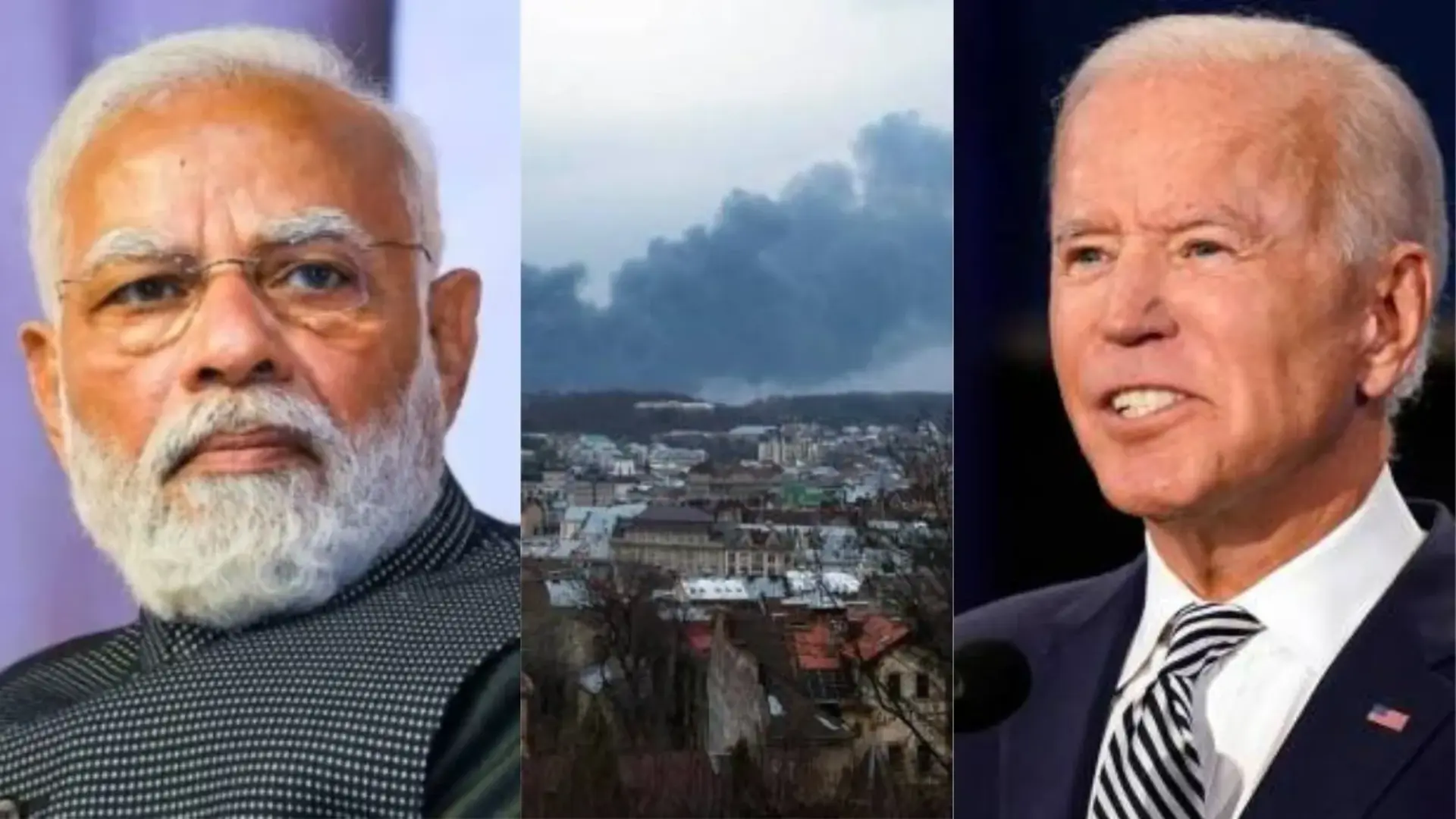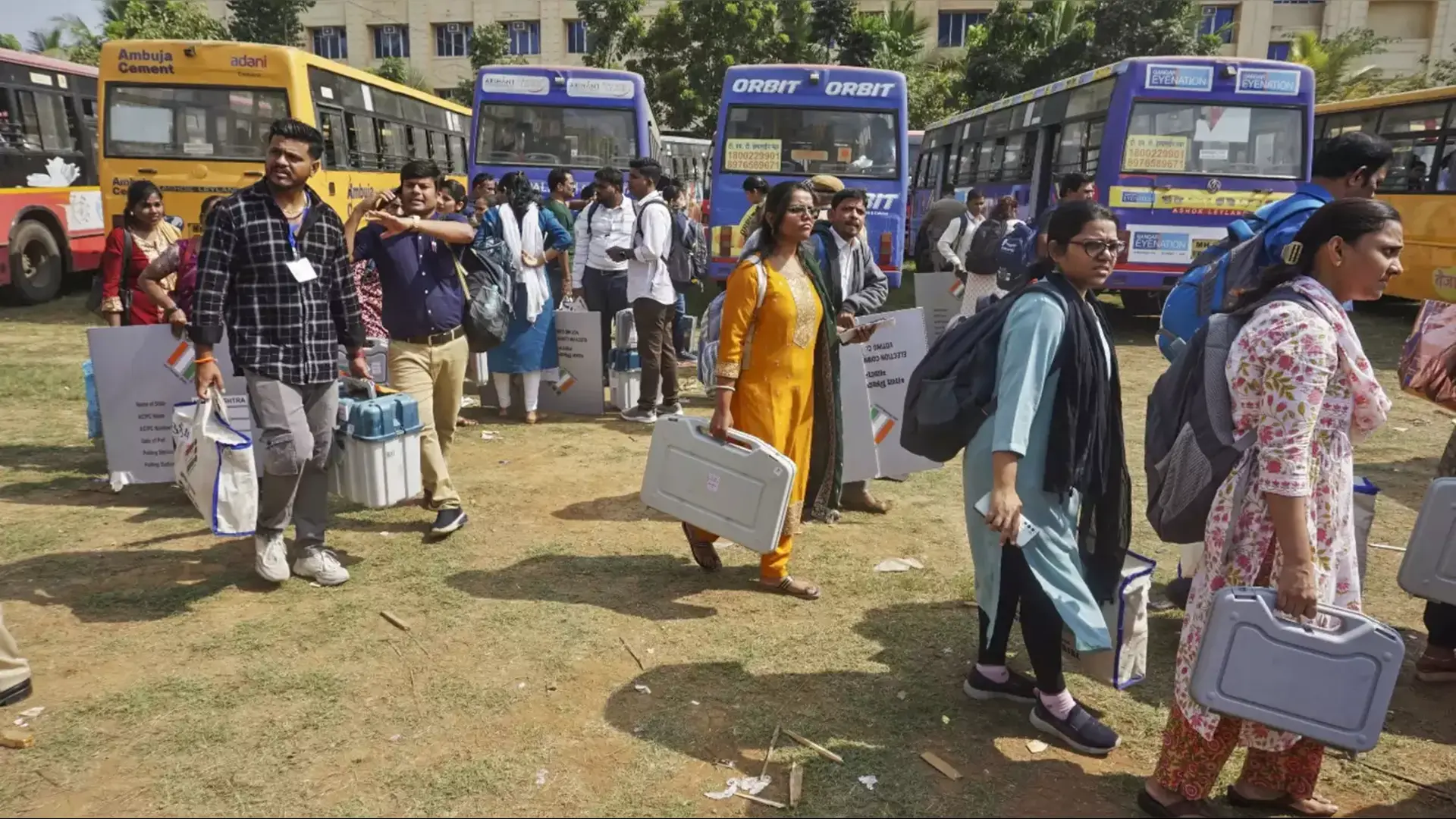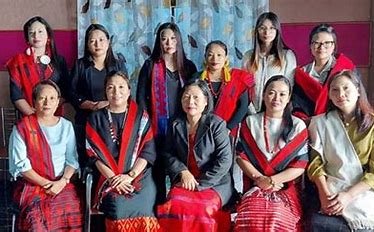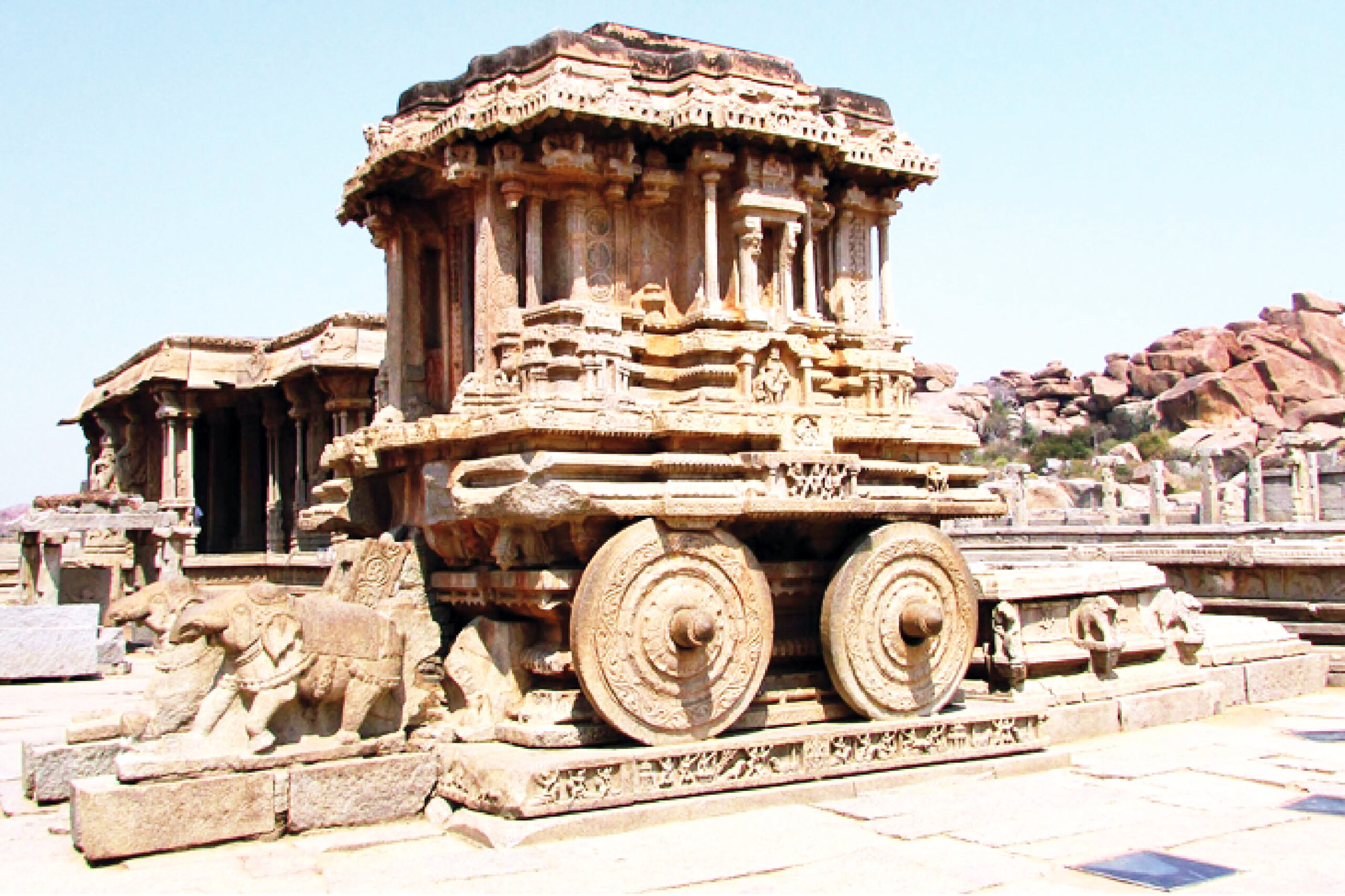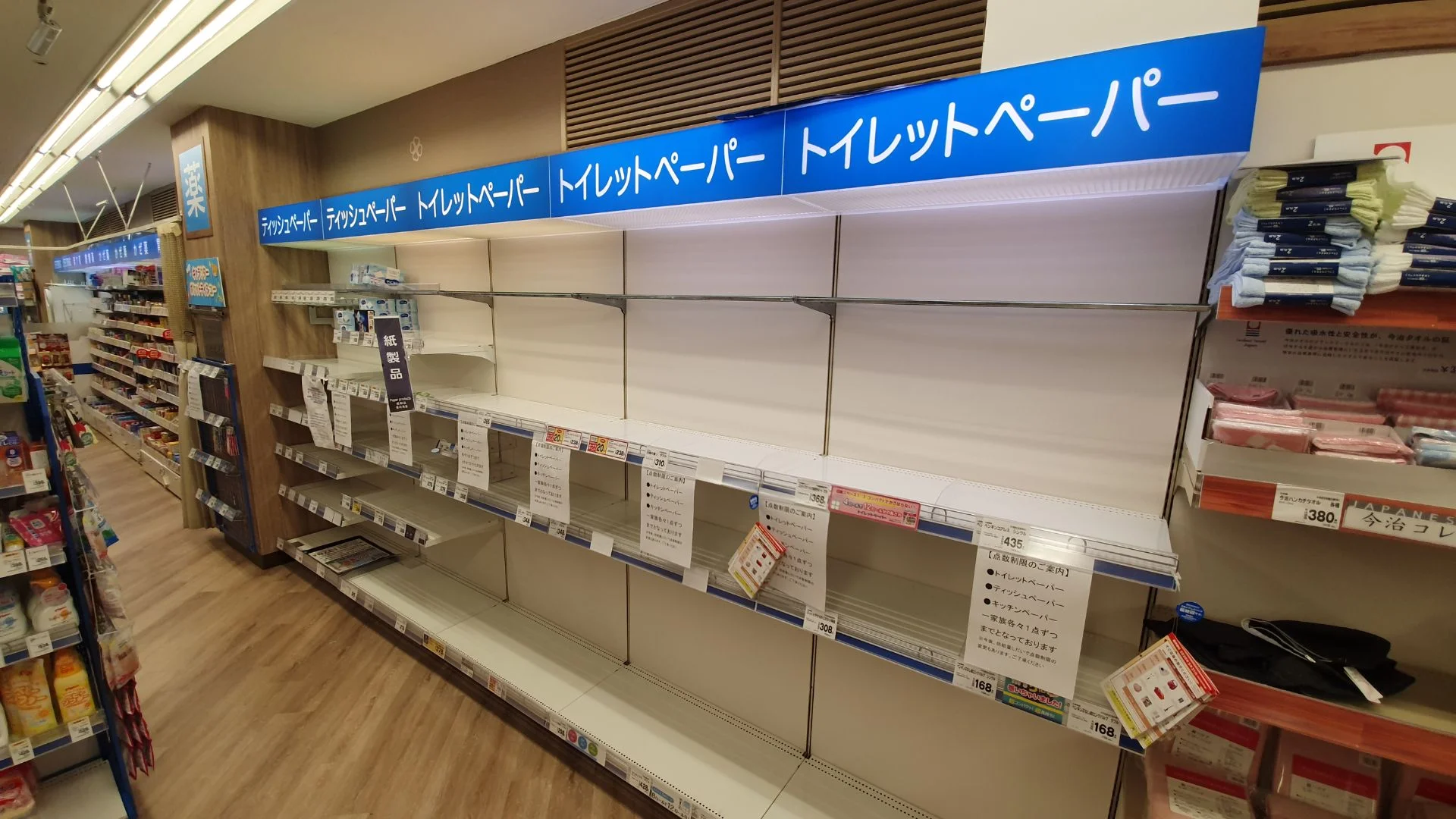
In Japan, finding rice, the country’s staple food, has become increasingly difficult. Supermarkets are posting signs asking customers to limit their rice purchases to one bag per person, while social media is flooded with images of empty shelves. Tokyo resident Mito Mitsue shared her frustration with ABC, noting that despite visiting four supermarkets, she couldn’t find any rice. While Ms. Mito is content to substitute rice with noodles or bread, others are deeply concerned.
Panic Buying Exacerbates the Crisis
Local media have dubbed the situation the “Reiwa rice crisis,” attributing the shortage to factors such as last year’s poor harvest, climate change, and a surge in international tourists. Panic buying has also significantly contributed to the crisis. The Japanese public, often advised to stockpile dry goods for emergencies, recently faced a series of natural disasters, including a 7.1-magnitude earthquake, typhoon warnings, and even a potential “megaquake.” Some alerts explicitly urged households to ensure they had ample rice supplies, leading to a rush on supermarket shelves.
Jeffrey Hall, a social studies expert at Kanda University of International Studies, explained that it is common in Japan for people to rush out to buy essentials like bread, rice, or bottled water when sudden weather alerts are issued. He added that social media plays a significant role in fueling panic buying, as users share photos of empty shelves, prompting others to do the same.
Government Reassurances Fall Short
Despite the panic, the Japanese government has maintained that there is no national shortage of rice and that supplies will normalize next month with the 2024 harvest. However, Nakayachi Kazuya, a risk psychology expert at Doshisha University, noted that government reassurances are not resonating with the public. Consumers are more influenced by the daily sight of empty shelves and limited purchase options.
Understanding and Addressing Panic Buying
Panic buying is not unique to Japan, as supply chain concerns have caused similar behaviors worldwide. Experts suggest that government and business messaging, especially when reinforced by visuals, plays a crucial role in shaping consumer behavior. To effectively counter panic buying, experts recommend using compelling imagery, such as showing rice being harvested and shipped in large quantities, to reassure the public.
